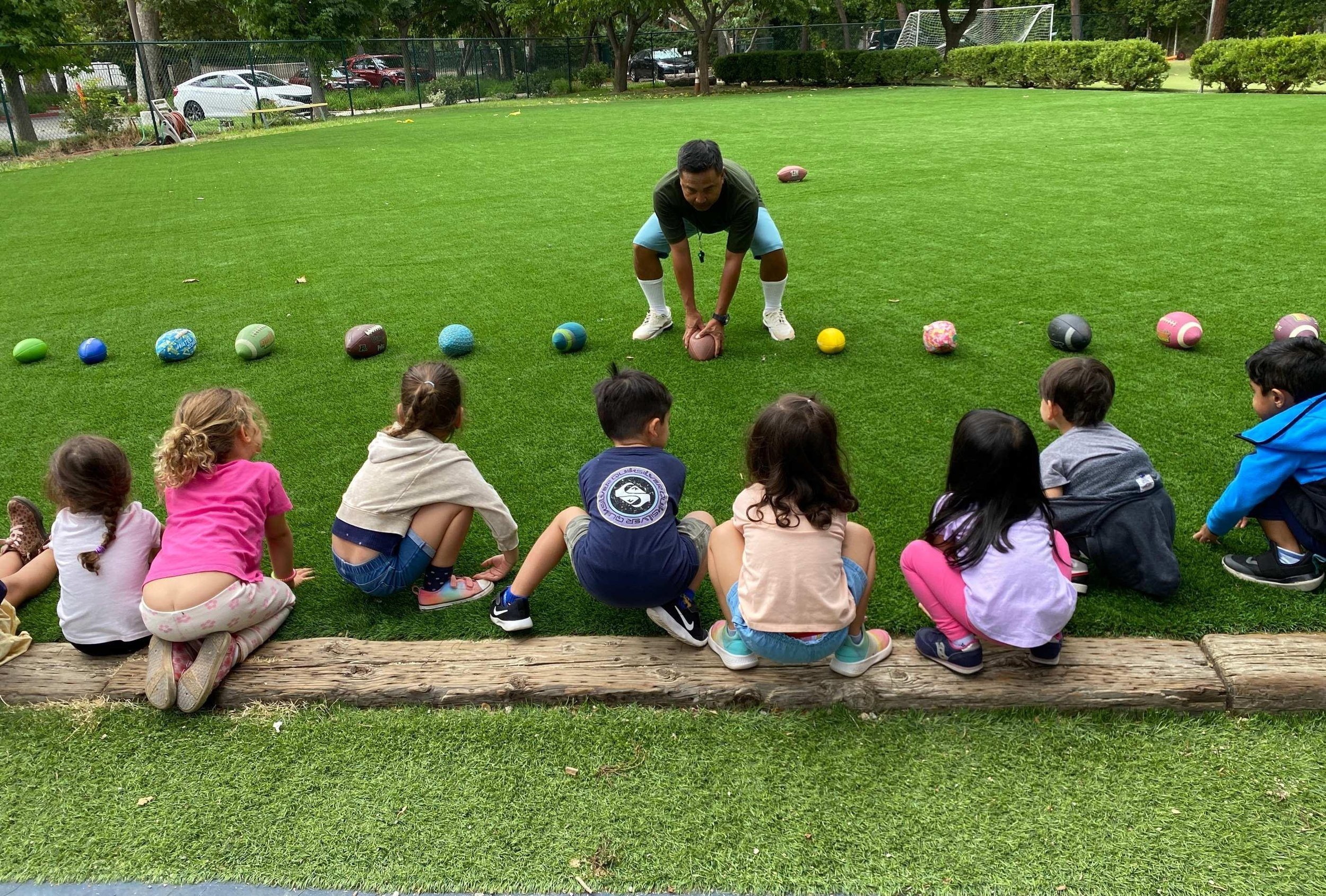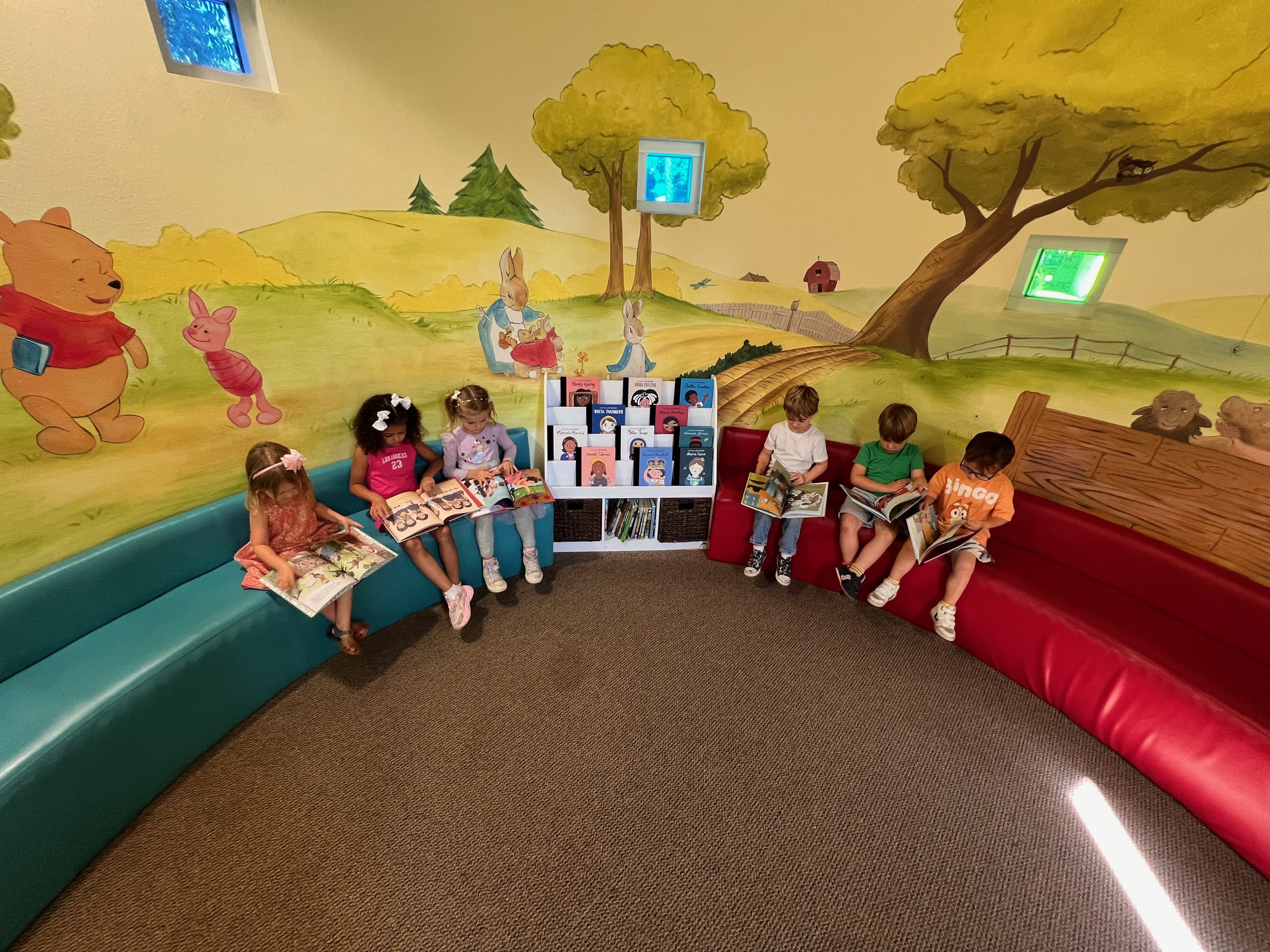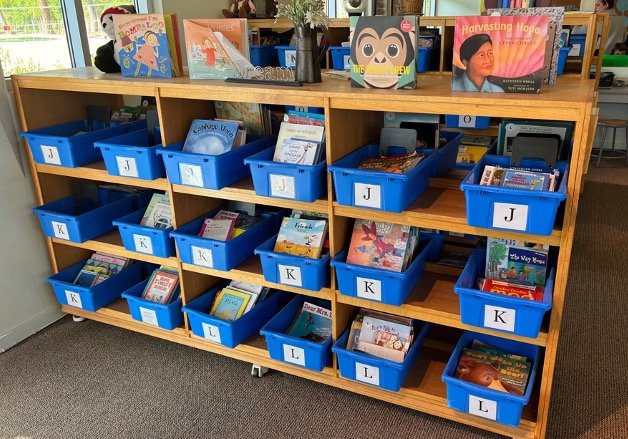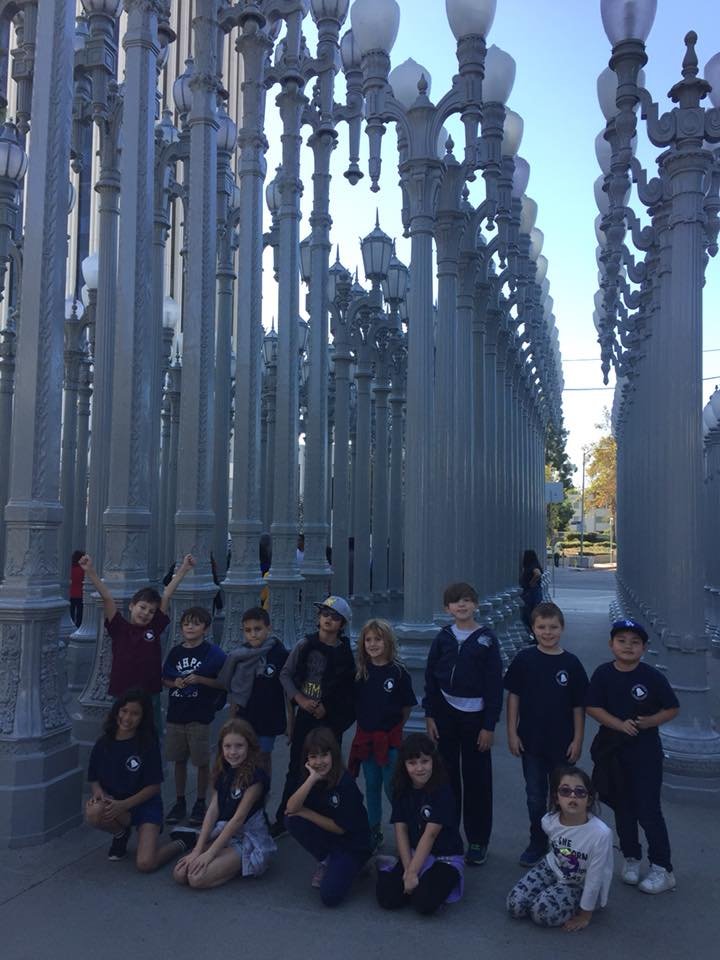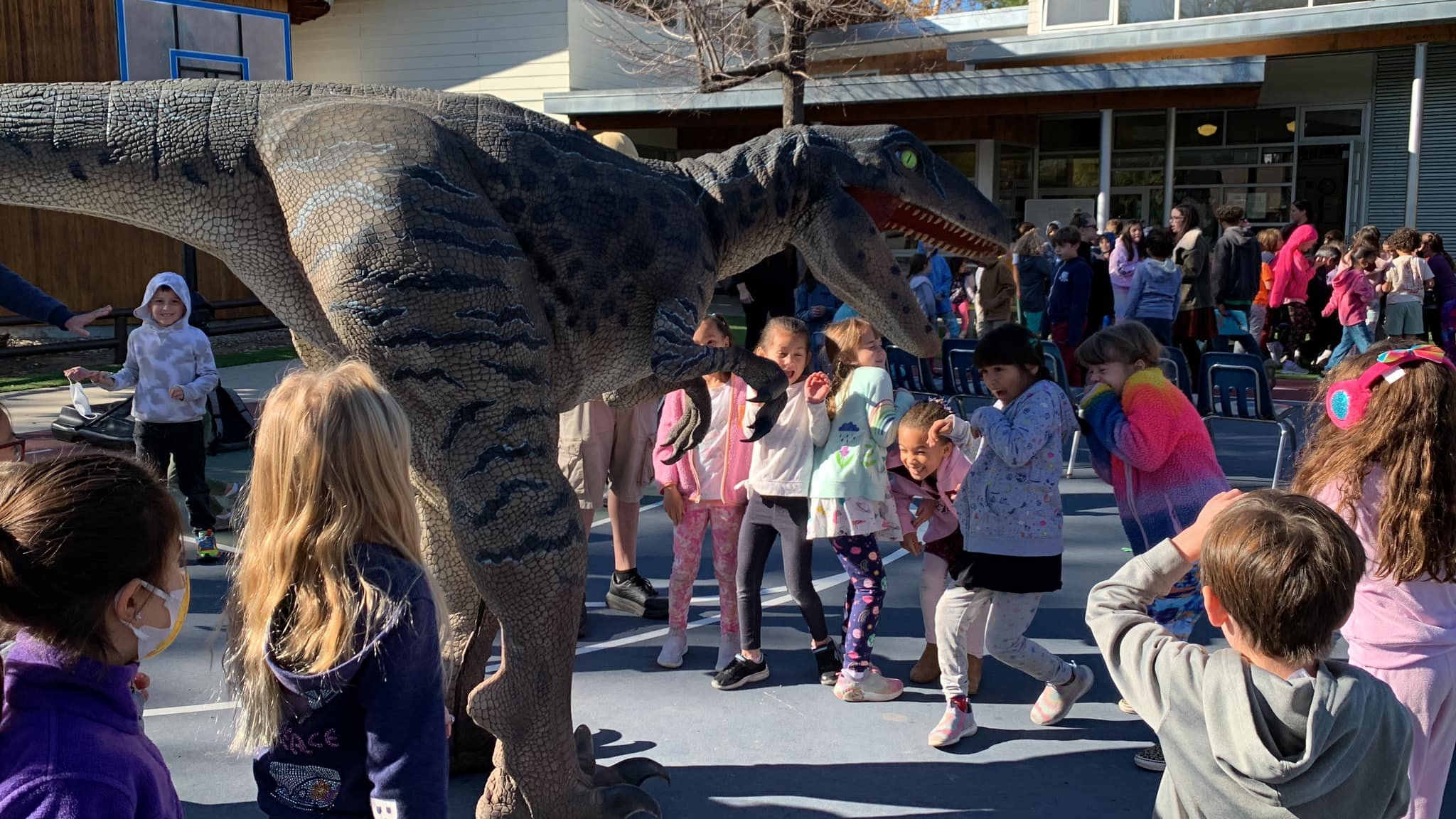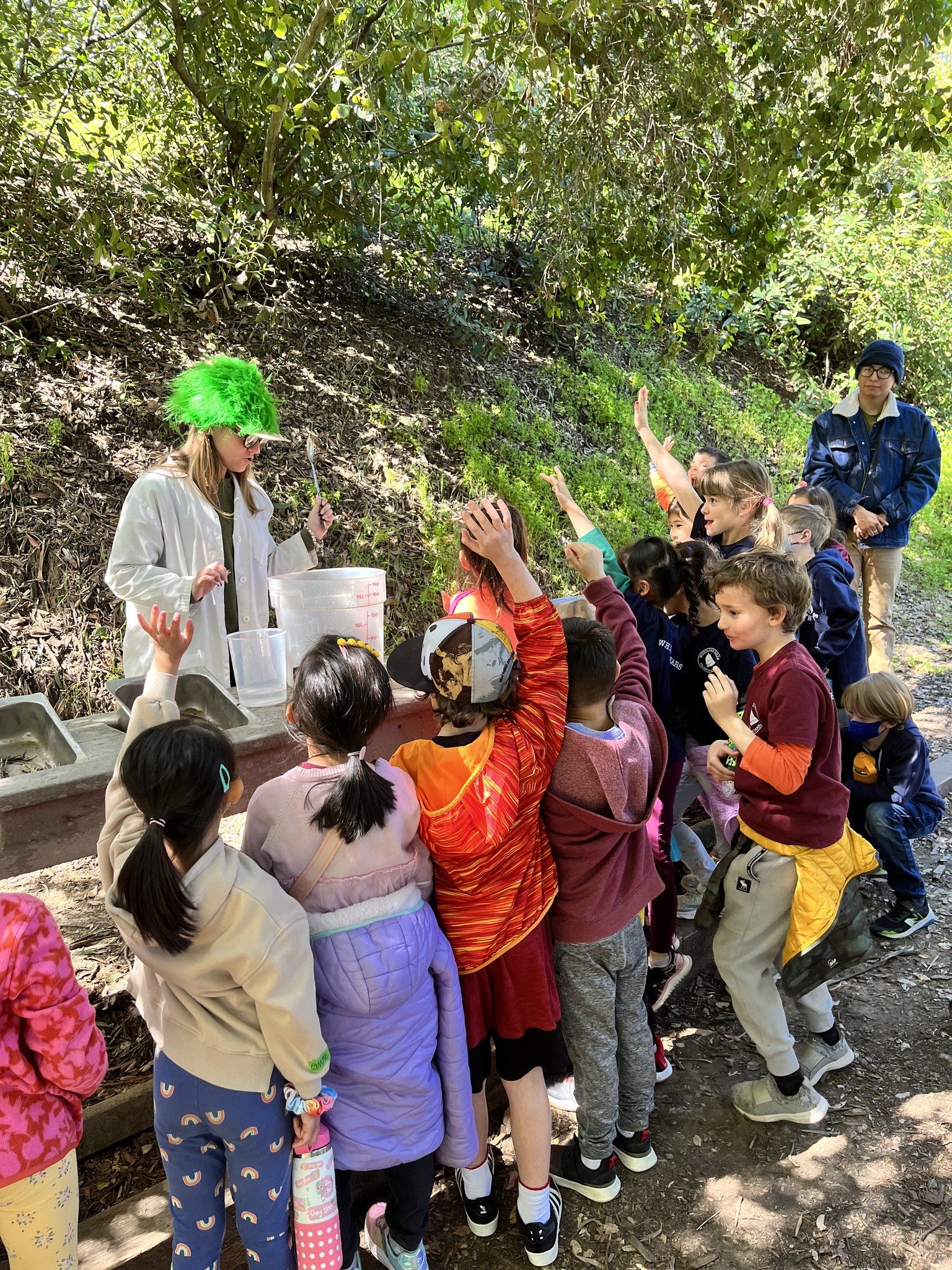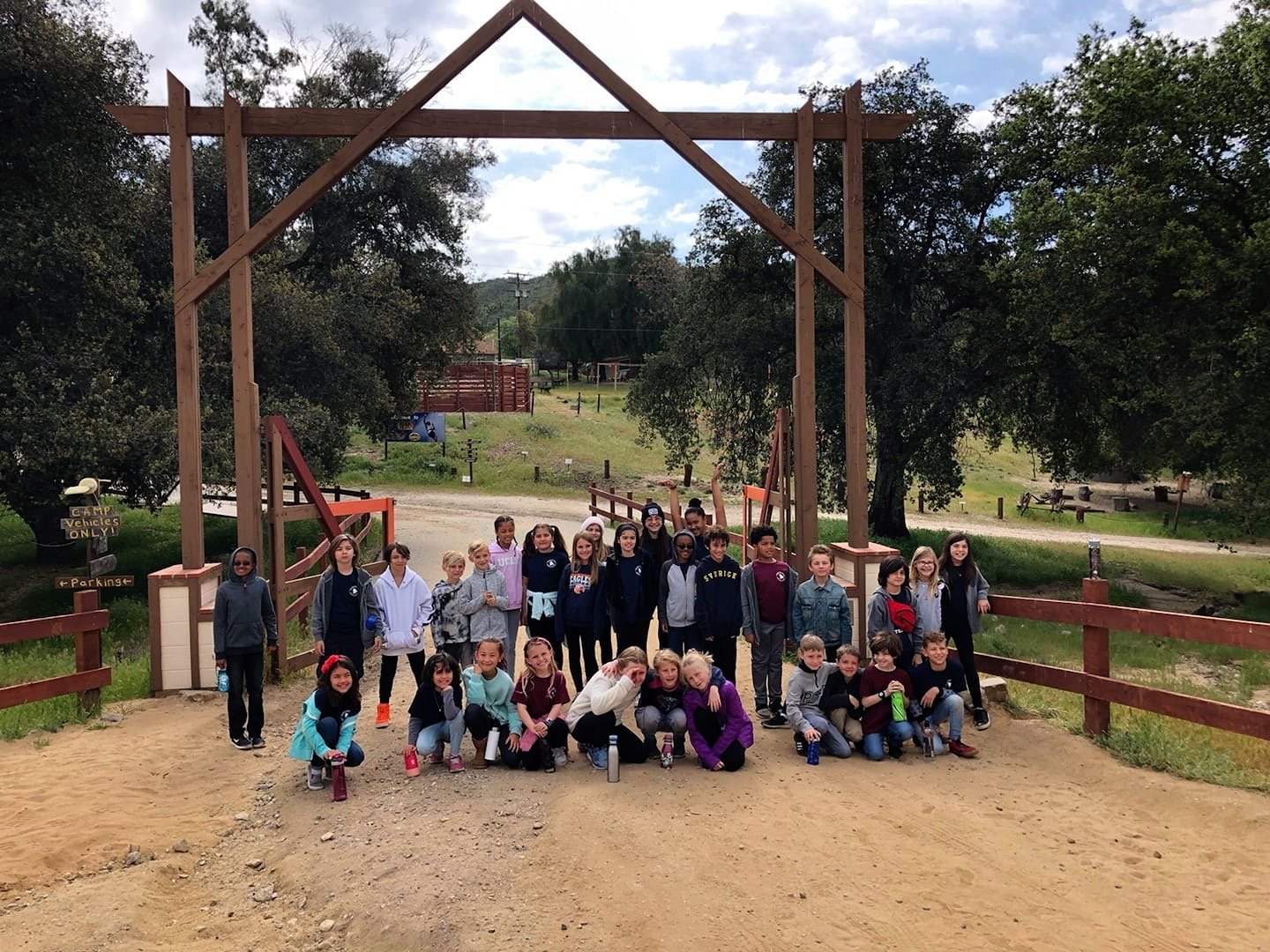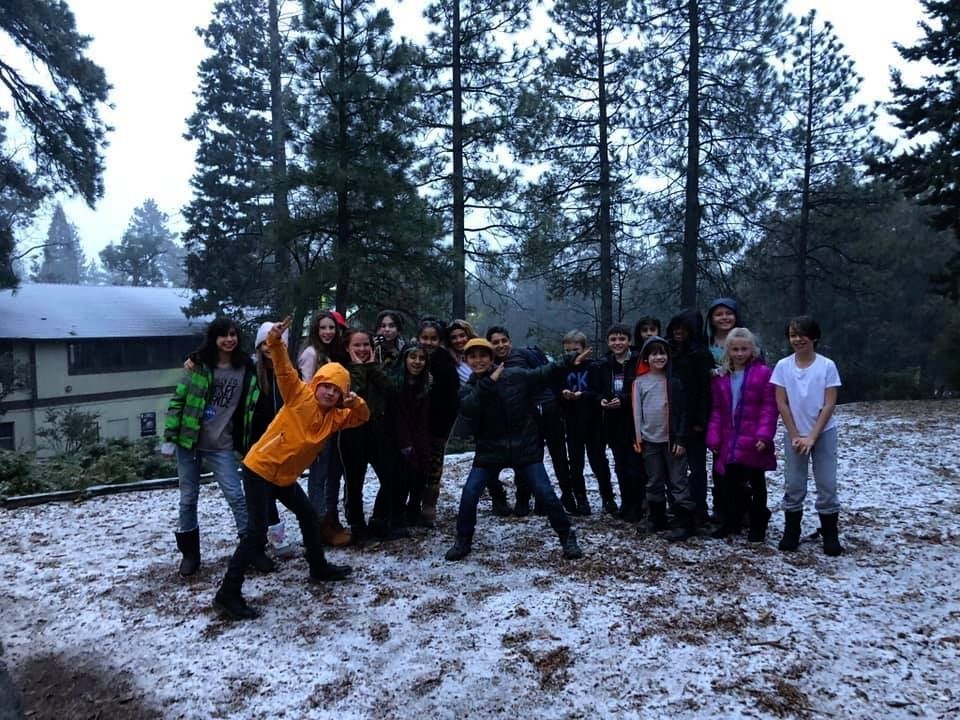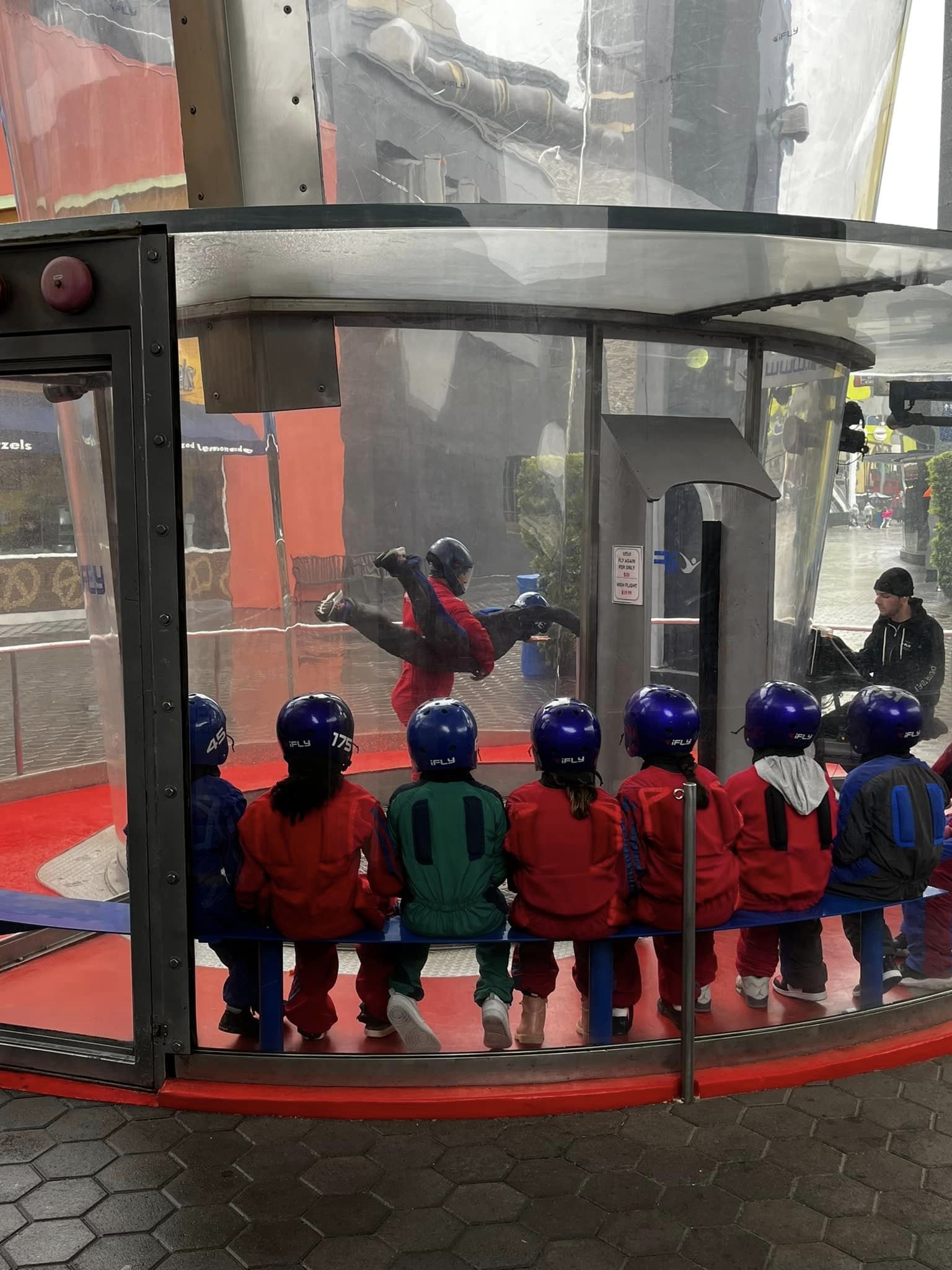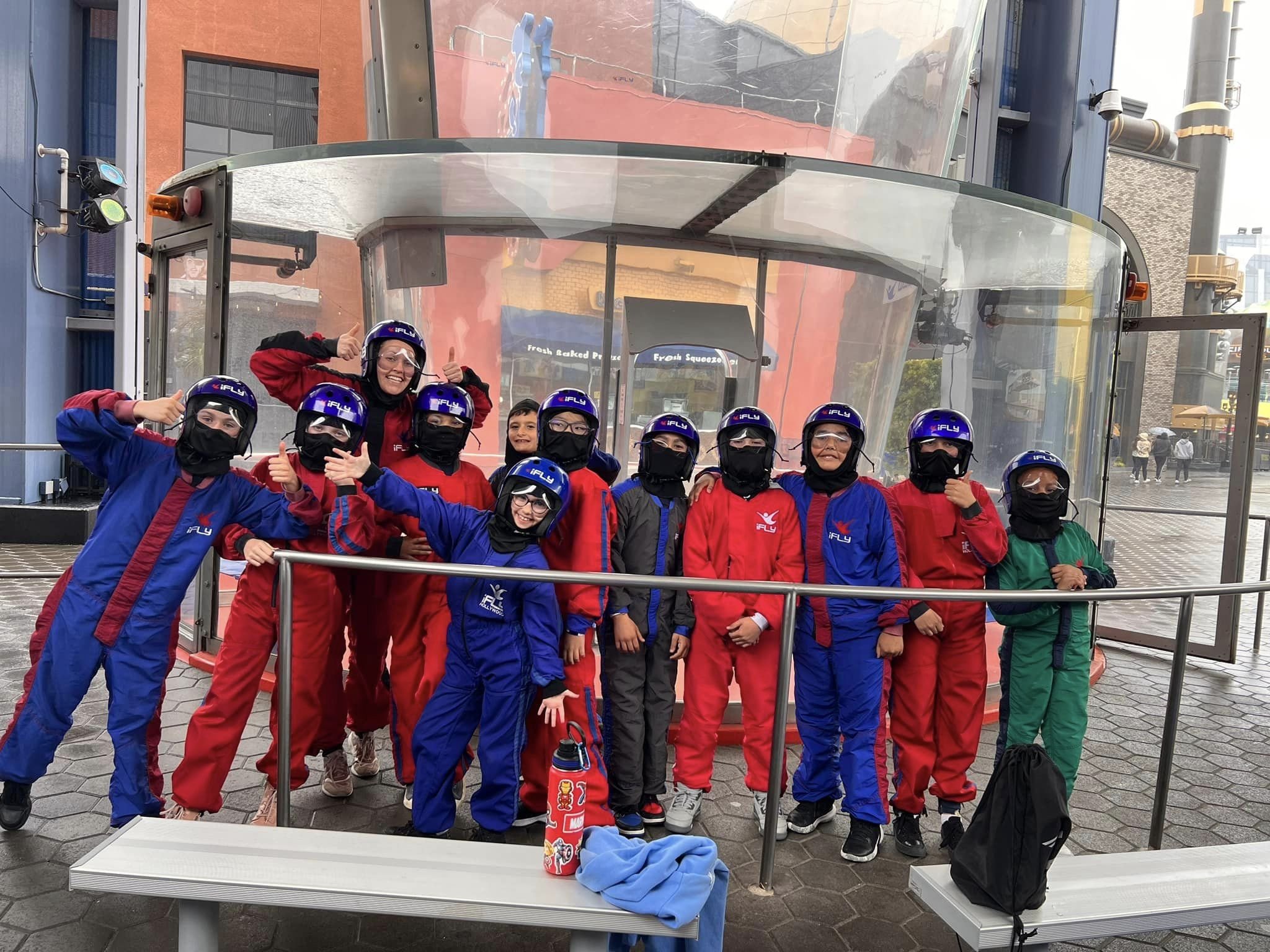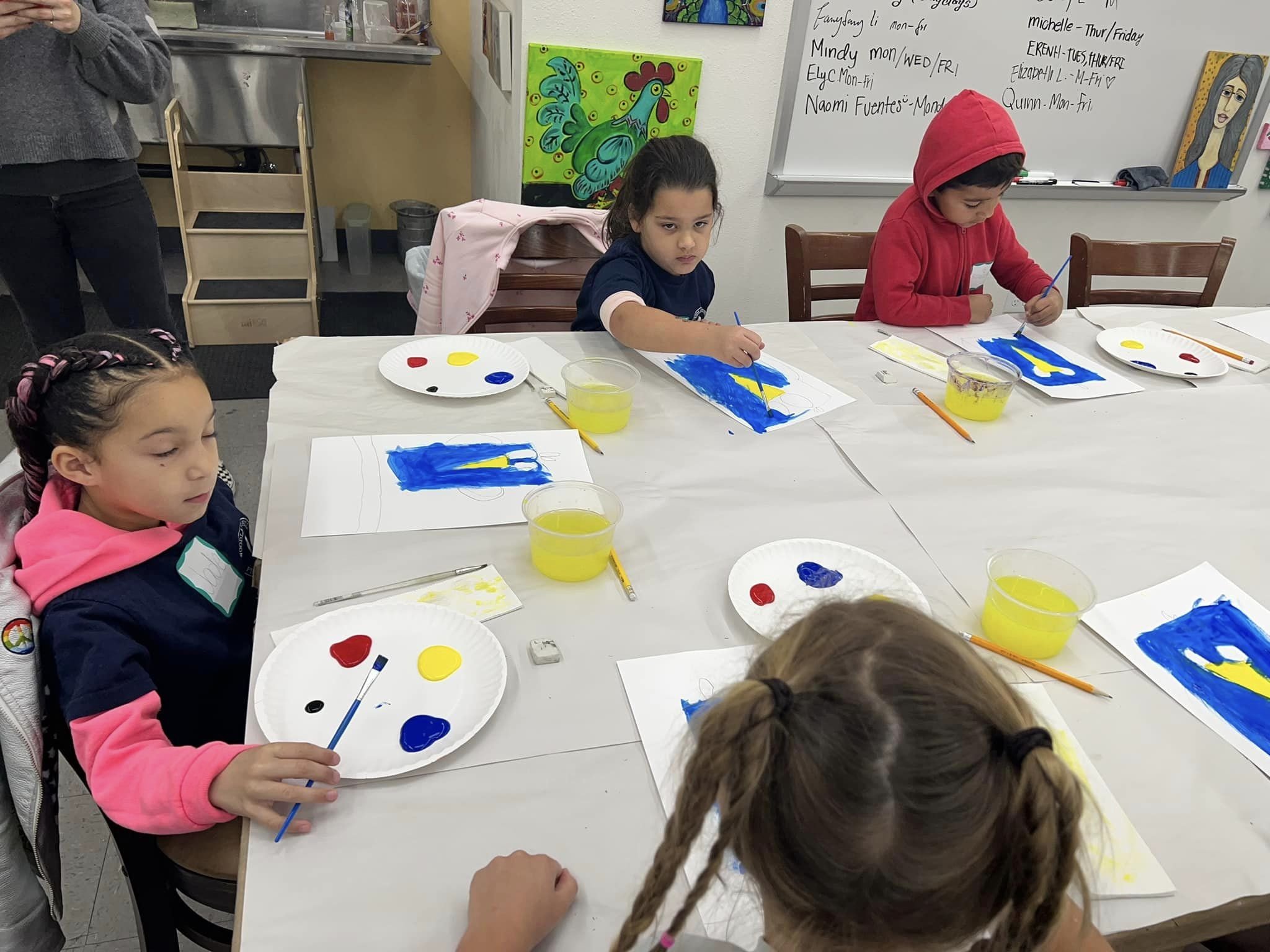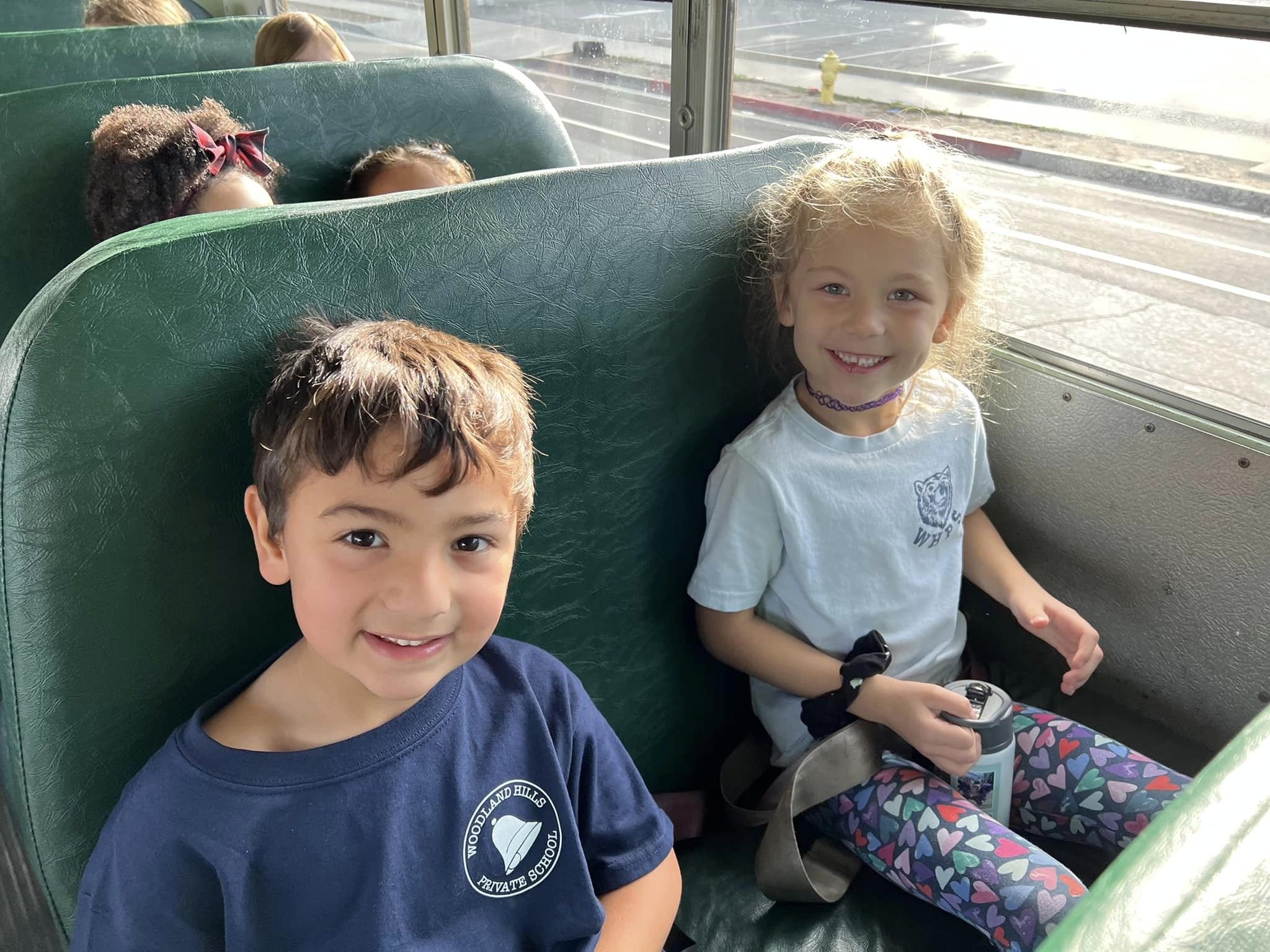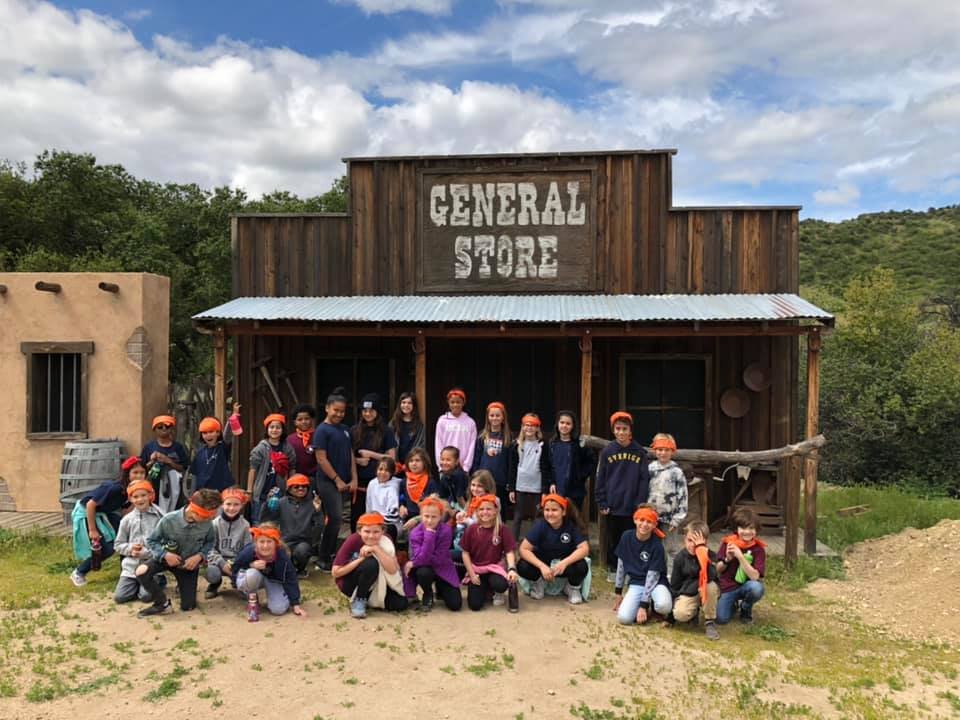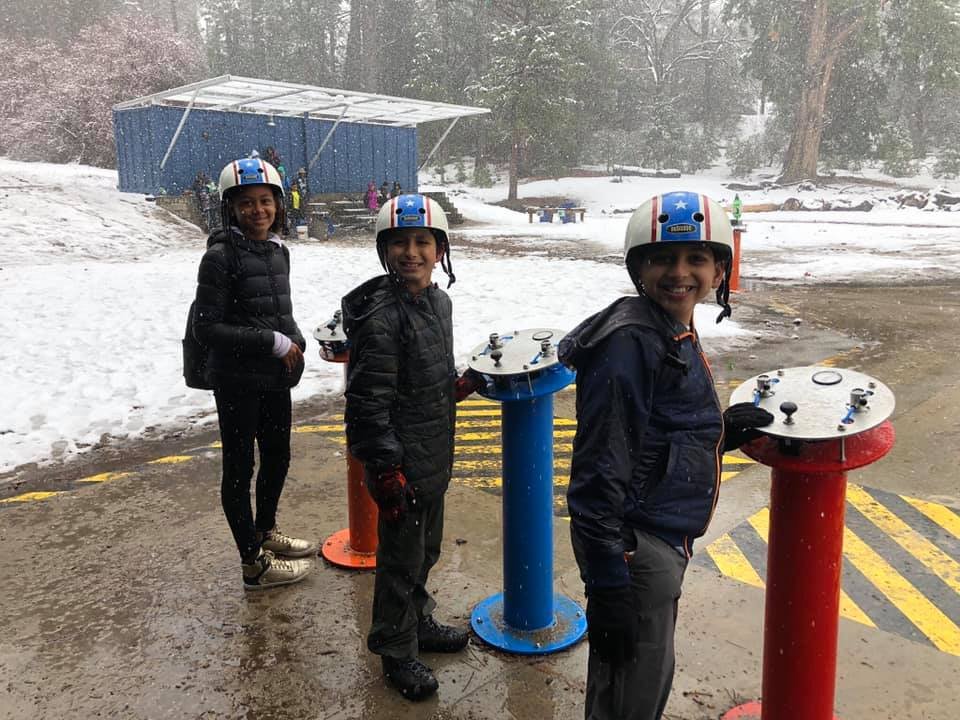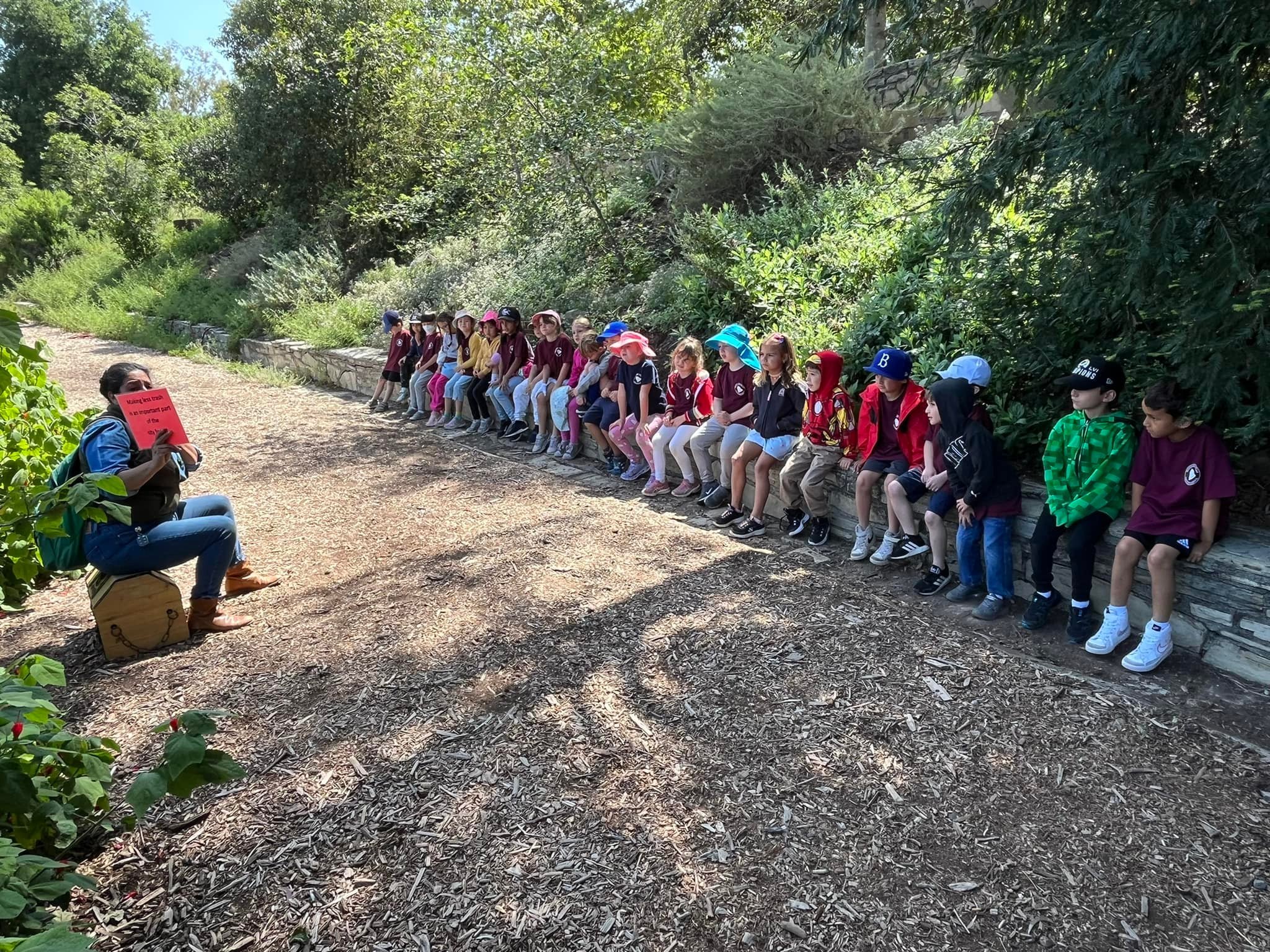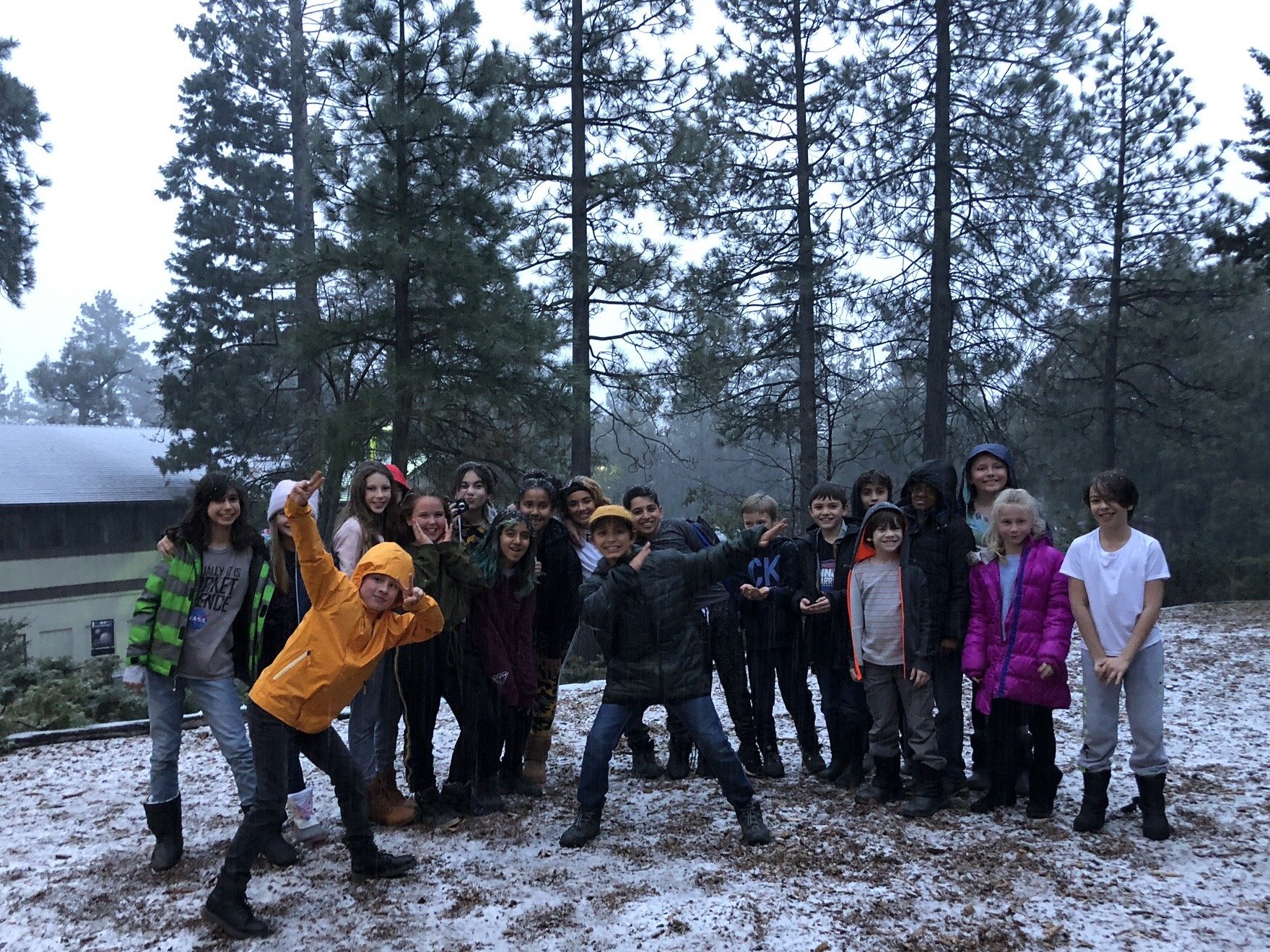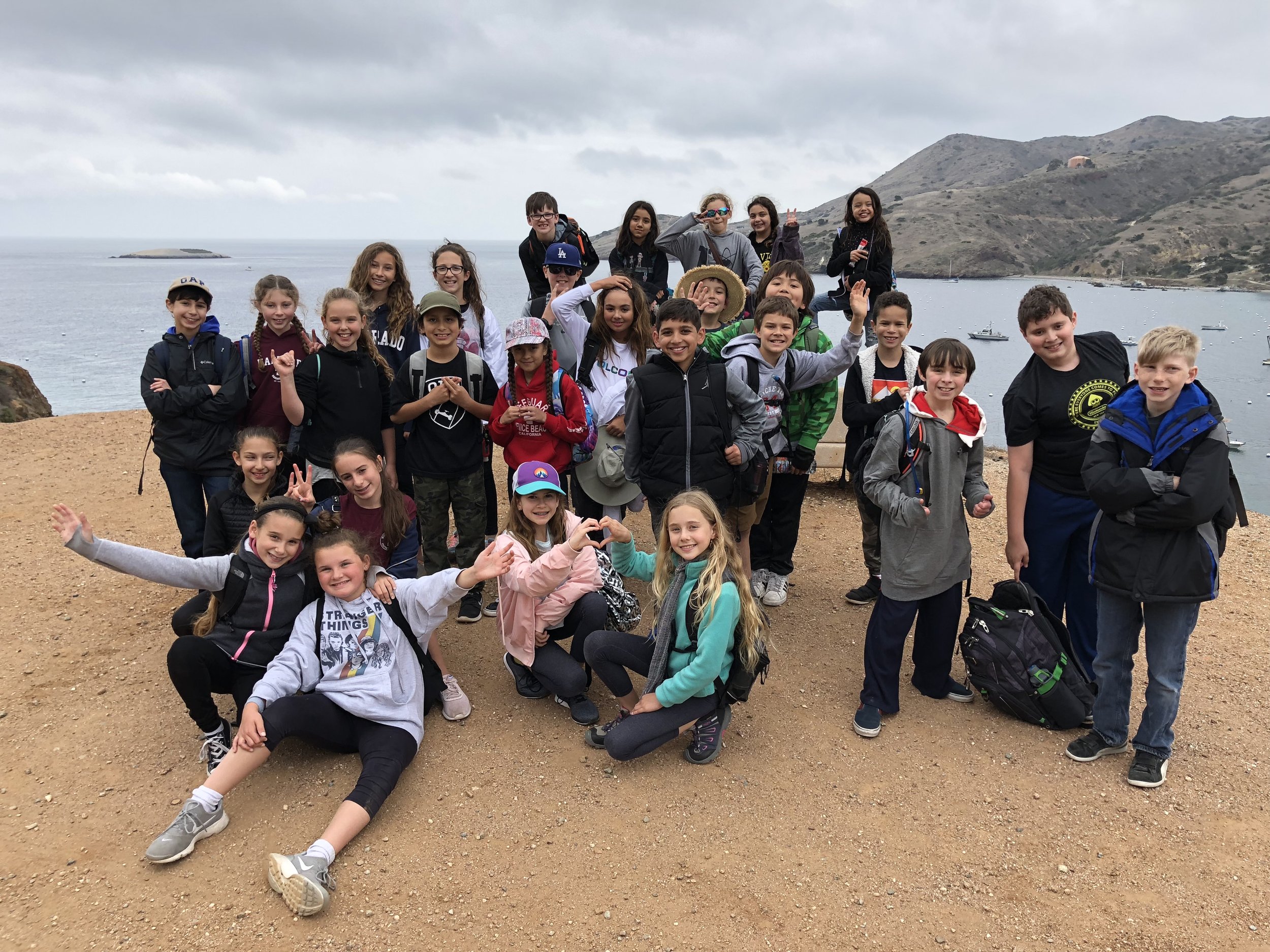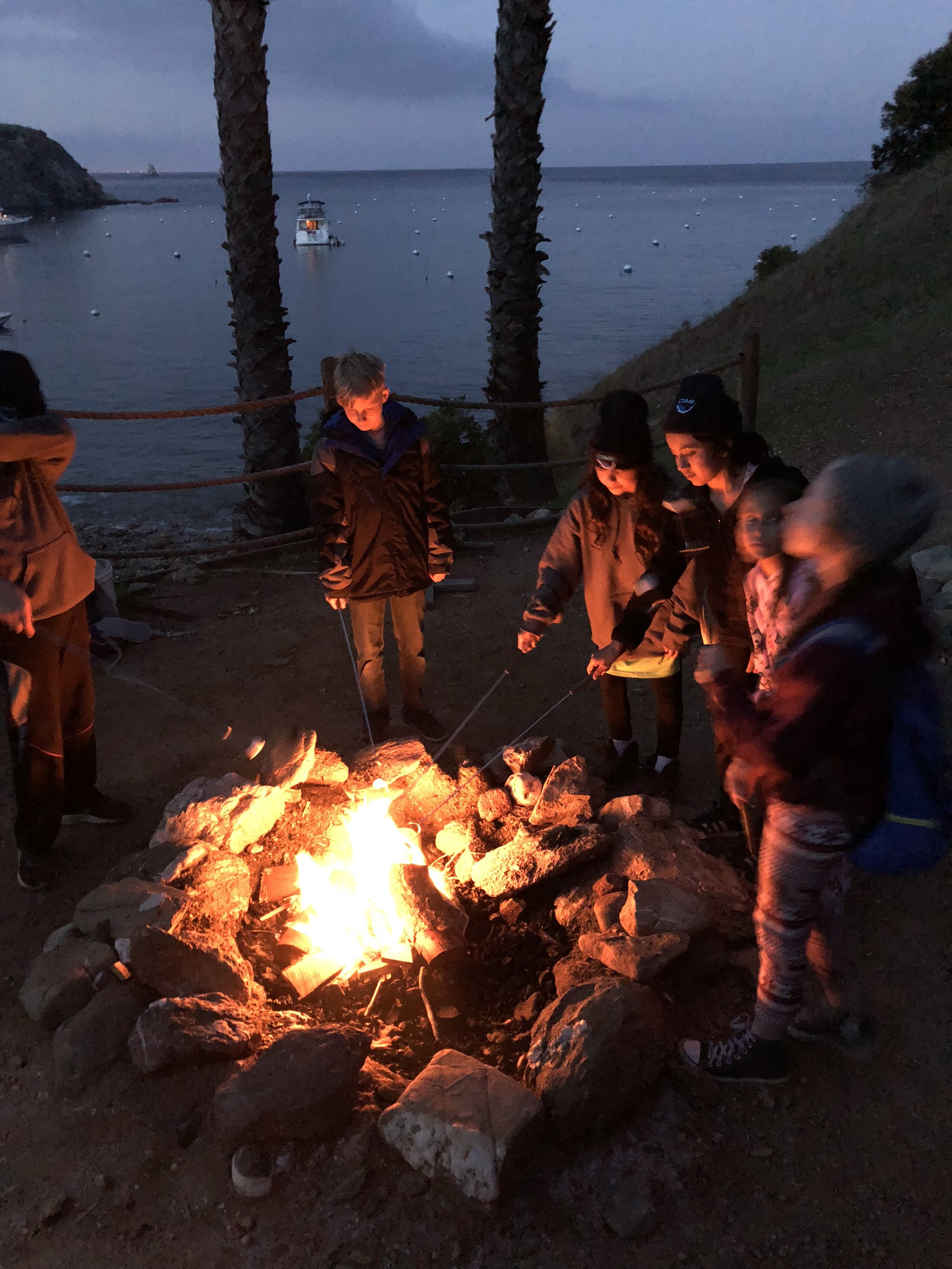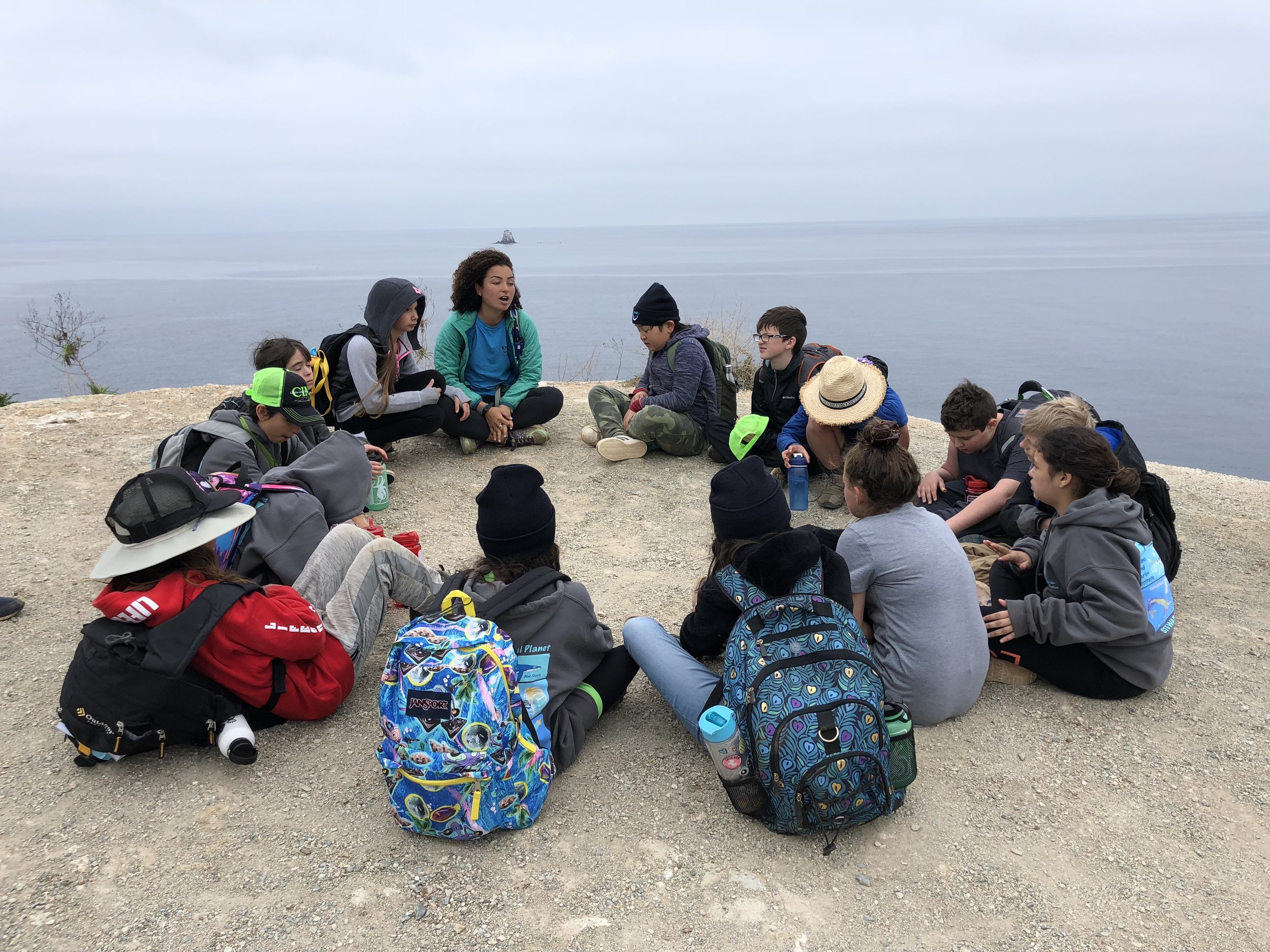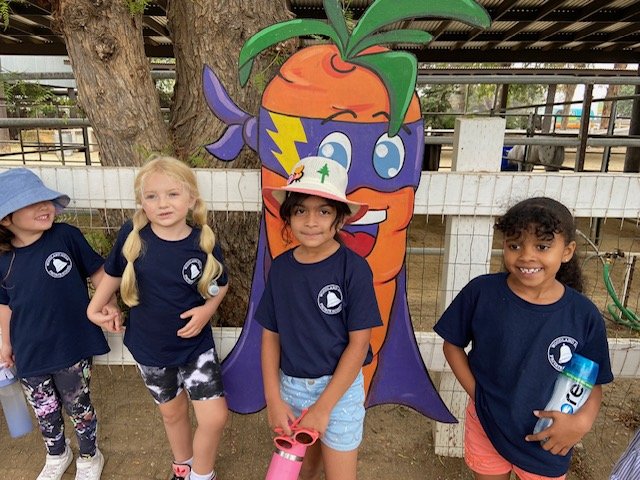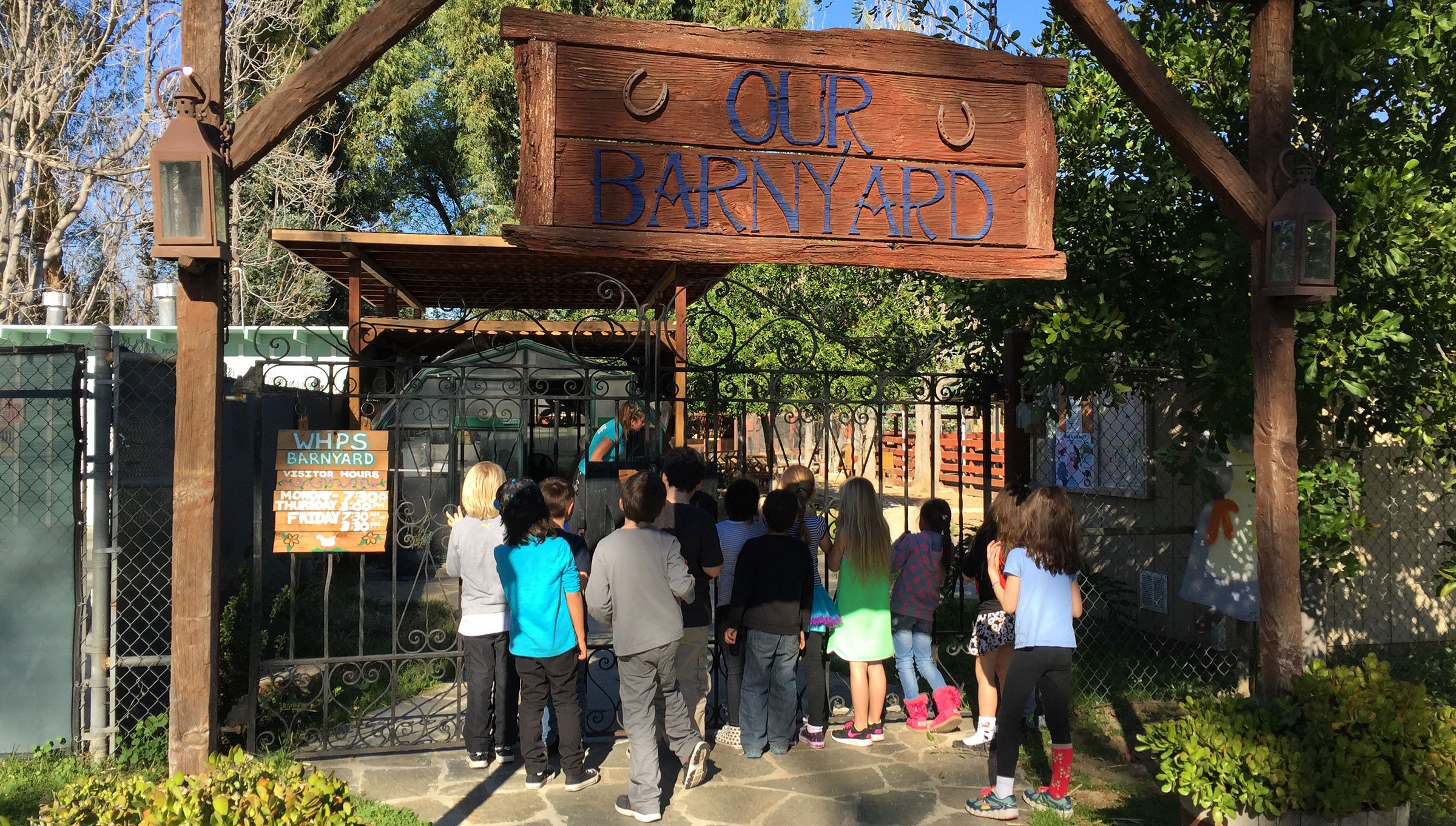
Elementary
Where Individual Growth Takes Center Stage
At Woodland Hills Private School (WHPS), elementary education isn’t just about mastering grade-level standards—it’s about uncovering what each child is truly capable of. Students aren’t held to a narrow benchmark; they’re given the tools, guidance, and encouragement to grow well beyond it.
Through personalized learning pathways, dynamic teaching teams, and a curriculum intentionally designed for both stretch and depth, WHPS creates a much higher ceiling for academic and personal development than traditional models allow.
We don’t ask children to race through content. We remove the ceiling—so they can grow as far and as fast as they’re ready.
Welcome to WHPS Elementary
Dear Prospective Family,
I’m excited that you’re exploring Woodland Hills Private School for your child’s education.
Every school website mentions things like academic rigor and social-emotional learning. But what’s truly different—and transformative—about our program is the way those ideas are baked into the everyday experience. At WHPS, they’re not just buzzwords. They shape every lesson, every relationship, every moment of the school day.
Our students are seen, challenged, and supported as individuals. They’re encouraged to think deeply, grow with purpose, and become confident learners and kind, self-aware humans.
As you explore our website, you’ll get a glimpse of what makes our program unique—but there’s no substitute for seeing it in action. I’d love to welcome you to campus so you can meet our teachers, see our classrooms in motion, and hear directly from the students themselves.
Warmest regards,
Melanie Henson
Elementary Principal
What Makes WHPS So Different?
A Personalized Academic Journey—With No Ceiling
WHPS students don’t just keep pace—they set it. Our curriculum is built on a modern, personalized approach that uses Learning Progressions to identify exactly what each child is ready to learn next.
This means students move forward in reading, writing, or math when they’re ready—and circle back to concepts when needed—so they build real confidence and lasting mastery.
Through flexible strategy groups and leveled instruction, learning is deeply individualized and never limited by grade-level labels. For example, in writing, one student might be experimenting with craft techniques that align with eighth grade, while still practicing grammar skills typically taught in fourth grade. Growth doesn’t happen in lockstep—and we celebrate that.
Many students ultimately reach skills aligned with middle or even high school benchmarks—not because we push them to go faster, but because we remove barriers, deepen understanding, and help every child take their next best step.
Co-Teaching Model
Each classroom at WHPS includes two fully qualified teachers. This co-teaching model allows for fluid small-group instruction, more targeted feedback, and richer observation of every student’s progress. It also fosters greater continuity, collaboration, and shared expertise—ensuring instruction is continually refined to meet diverse learning profiles.
Our teaching teams are informed by the latest research and blend progressive practices like inquiry and student voice with carefully chosen traditional elements. The result: a classroom where children feel known, challenged, and inspired every day.
Curriculum Overview
Each area of our curriculum is designed to spark joy, confidence, and intellectual growth. Whether a child is exploring text structure, tackling multi-step math problems, or presenting a research project, they are supported at just the right level—with room to stretch.
-
At WHPS, we don’t teach to the middle. Instead, we use learning skill progressions—research-based roadmaps that help us identify exactly where each student is and what they’re ready to learn next.
Before planning instruction, our teachers take the time to assess what students already know and are able to do, then design learning experiences that meet them at just the right level. That means learning goals aren’t based solely on age or grade, like in a traditional program. They’re based on the student’s actual learning profile and growth trajectory.
This approach creates a much more modern and personalized way of teaching—and it’s one of the reasons we maintain intentionally low student-teacher ratios. It allows our team to monitor each student’s progress closely, adjust instruction in real time, and keep every child on a path of continuous growth.
Because there’s no artificial ceiling, learning goals can extend well beyond grade level. If a student is ready for skills typically introduced in middle or even high school, our teachers have the latitude and tools to take them there—at a pace that still feels joyful and developmentally appropriate.
📘 Want to see what a learning skill progression looks like? Visit the Literacy Overview page for a parent-friendly example.
-
At WHPS, social-emotional learning isn’t an add-on—it’s the foundation of our program. Rooted in positive psychology, executive function, and child development research, our approach helps students grow into thoughtful, self-aware, and compassionate individuals.
We draw on well-researched frameworks—including Responsive Classroom and The 7 Habits of Highly Effective People (adapted for children)—to help students build strong habits of mind and heart. Children learn to:
Communicate with clarity and empathy
Resolve conflict respectfully and independently
Reflect on their emotions, choices, and relationships
Set personal and academic goals—and track their progress
As students move through the grades, they take on increasing ownership by setting SMART goals tied to both academic skills and personal passions. These culminate in Student-Led Conferences, where children present their goals, reflect on progress, and articulate both what they’re proud of and what they’re still working on.
What makes SEL at WHPS unique is the consistency across classrooms and grade levels. This isn’t left to chance or teacher preference. Educators receive ongoing training to use common language, shared tools, and a clear, developmentally responsive framework.
Parents can also see this growth mapped out in our Learning Progressions, which show how skills in social-emotional learning, behavior, and work habits build step by step—so every child is always working toward the next meaningful goal.
Whether your child is in TK or 5th grade, they experience a coherent, schoolwide SEL approach—one that emphasizes student agency, continuous growth, and belonging to a caring, inclusive community.
-
Our approach to literacy goes far beyond filling out worksheets or responding to writing prompts. It’s a highly personalized and deeply engaging program designed to meet each student where they are—and help them grow as readers, writers, and thinkers.
Students don’t just practice isolated skills. They take a deep dive into different genres, studying real books by real authors and learning to apply those techniques in their own writing. In reading, children may be working at a level like “P”—where all books share certain complexity features—but they choose the stories or topics that interest them, often joining book clubs to read and discuss with peers.
In writing, students explore genres such as narrative, opinion, or informational text—while choosing topics they care about. Whether writing about space exploration, skateboarding, or social justice, the motivation is real, and the skills they develop—structure, elaboration, revision—are rigorous and lasting.
Instruction is based on what each student actually needs. Teachers use developmental assessments to understand each child’s current level in reading, writing, and spelling. From there, they create individualized paths, placing students into small, leveled strategy groups that target specific goals. A student may be writing with advanced craft and voice while still developing conventions—or reading above grade level while strengthening comprehension skills.
Spelling (word study) is equally personalized. Instead of memorizing word lists, students learn spelling patterns and strategies that transfer to unfamiliar words—a much more meaningful and lasting way to build strong readers and writers.
Throughout the year, students celebrate their growth through publishing celebrations, where they share their finished work with classmates, friends, and family. These moments create pride, purpose, and a real sense of authorship.
Tests and assessments help guide instruction, but the learning itself is rich, joyful, and deeply relevant. And because it’s built on research-based progressions and personalized instruction, the skills students gain in literacy at WHPS don’t just prepare them for the next grade—they stay with them for life.
📘 Explore our Learning Progressions to see how literacy skills build step by step, and how students are guided toward their next stage of growth.
-
We use Singapore Math to build deep conceptual understanding and flexible thinking. Students learn through a three-step progression—Concrete → Pictorial → Abstract—making sense of math visually before moving to symbols and algorithms.
Rather than memorize procedures, children think like mathematicians. Using tools like bar models, they solve complex, multi-step problems and develop lasting reasoning skills.
Math at WHPS is never one-size-fits-all. Instruction is personalized, practice is purposeful, and homework is brief but deep—designed to challenge students right at their level.
STEM learning is embedded throughout our program. From early robotics and coding to hands-on engineering design challenges, students learn to experiment, collaborate, and bring ideas to life. Our tech and STEM specialists provide additional layers of challenge, creativity, and applied problem-solving as students grow.
-
Our social studies and humanities curriculum is designed to help students understand the world—and their place in it.
In the early grades, children explore identity, family, community, and cultures through stories, role-play, and hands-on experiences. As students progress, they examine history, geography, economics, and ethics through project-based learning, primary sources, and rich discussions.
Throughout, we prioritize:
Multiple perspectives and inclusive narratives
Empathy and ethical thinking
Civic understanding and responsibility
Connections to literature, current events, and global issues
Rather than memorizing facts, students learn to ask questions, think critically, and communicate thoughtfully about complex topics—preparing them to be engaged citizens and thoughtful contributors to their communities.
-
Our elementary program is divided into two thoughtfully designed stages—Lower Elementary (TK–1st) and Upper Elementary (2nd–5th)—each tailored to the developmental needs of that age group, while still offering room to stretch, accelerate, and grow as individuals.
In TK–1st grade, students build strong academic and social-emotional foundations in nurturing classrooms that combine close guidance with plenty of flexibility. These early classrooms maintain a 1:12 ratio (typically 24 students with two full-time teachers), allowing for close observation, responsive instruction, and strong connections with each child.
In 2nd–5th grade, students take on more complex academic challenges and increasing independence. Upper Elementary classrooms typically include 26 students and two full-time teachers (approximately a 1:13 ratio), with daily small-group instruction and flexible learning blocks.
Because Upper Elementary uses a multi-age model—2nd/3rd and 4th/5th grade students are grouped not just by age, but by readiness. This creates even more opportunities to align students with like learners, explore advanced material, and reach academic heights that far exceed traditional grade-level expectations.
At every stage, students are empowered to set goals, reflect on their progress, and grow as both learners and leaders within the community. Our structure ensures that each child is known deeply, challenged appropriately, and continually inspired to reach their personal best.
Enriched Curriculum
In addition to core academics, WHPS students benefit from a thoughtfully designed enrichment program that supports creativity, curiosity, and well-rounded development. All TK–5th grade students participate in specialist-taught classes each week as part of their regular schedule.
🐾 Animal & Nature Studies
WHPS is home to a fully immersive Science & Nature Center, our teaching zoo with over 75 live animals and a dedicated animal science curriculum that spans from TK through 5th grade.
Students learn by doing—caring for animals, studying habitats, and exploring ecological systems up close. Early learners build vocabulary and empathy through guided observation and daily interaction, while older students engage in long-term research and simulation projects.
This is more than a visit to the science lab—it’s a living classroom. Our program culminates in capstone experiences like a 5th grade evolution and genetics simulation, where students use evidence to draw scientific conclusions and demonstrate higher-level thinking.
From barnyard science in TK to evolutionary biology in 5th grade, animal and nature studies are a signature part of the WHPS experience—grounded in curiosity, responsibility, and awe.
💻 Technology, Coding & Robotics
Students meet regularly with our Technology Integration Specialist in the tech lab to build foundational digital literacy, explore safe and ethical online use, and engage in age-appropriate lessons in coding and AI.
Upper Elementary students receive individual Google accounts, use classroom devices daily, and participate in VEX IQ robotics competitions where they practice engineering, teamwork, and advanced programming skills.
WHPS uses a full-immersion approach: we learn Spanish in Spanish. Through song, storytelling, games, and role-play, students develop real conversational ability. Instruction focuses on vocabulary acquisition, listening and speaking fluency, and cultural appreciation—all in a joyful and engaging environment.
🇪🇸 Spanish
Through joyful, active experiences, students learn foundational music skills—pattern, rhythm, tempo, and pitch—while also participating in multiple performances throughout the year.
Upper Elementary students learn three instruments:
Tone chimes
Recorders (via the Recorder Karate program)
Ukuleles
They also explore music composition, notation, cultural dances, and expressive movement.
🎵 Choral & Instrumental Music
🎭 Visual & Performing Arts
Performance is woven into the fabric of WHPS life, helping students build confidence, collaboration, and presence. Each class prepares a fully choreographed number for our beloved Winter Show, often incorporating student ideas and creative direction. In the spring, the spotlight turns to our 4th and 5th graders, who take the reins of the school-wide Variety Show—designing, hosting, and stage-managing the event from start to finish. These experiences aren’t just fun—they’re opportunities for students to lead, express themselves, and step onto the stage with pride and purpose.
🎨 Fine Arts
Our Fine Arts program introduces students to a diverse range of artists, cultures, and creative techniques. Each month, students study a featured artist, learn art history, and experiment with new media to create original work inspired by the artist’s style.
Students Develop Skills In
Elements and principles of art
Mood and expression through color
Foreground, background, and perspective
Representational and abstract techniques
🏃 Physical Education
PE at WHPS focuses on movement, sportsmanship, and lifelong healthy habits. Students engage in warm-ups, skill-building games, and team sports like basketball and soccer. They learn how to work cooperatively, give positive feedback, and respect themselves, others, and their environment. Health education, hygiene, and nutrition are also woven into the curriculum to support the whole child.
📚 Library & Story Room
Our library is filled with a diverse selection of fiction and nonfiction, continually expanded to reflect inclusive stories and authors. Students "shop" for books that match their interests and reading levels, and visit our whimsical Story Room for curated book exhibits tied to our school-wide culture and belonging themes. After each exhibit, books are added to the general collection—so students can revisit stories that inspire reflection and connection.
Field Trips & Experiential Learning
Our program comes to life through local field trips and immersive learning experiences—including museum visits, theater performances, and science programs. In 4th and 5th grade, this culminates in overnight trips to Astrocamp and the Catalina Island Marine Institute.
We also bring the world to campus with cultural celebrations, artist residencies, live performances, and storytelling events that reflect our commitment to inclusivity and community connection.










